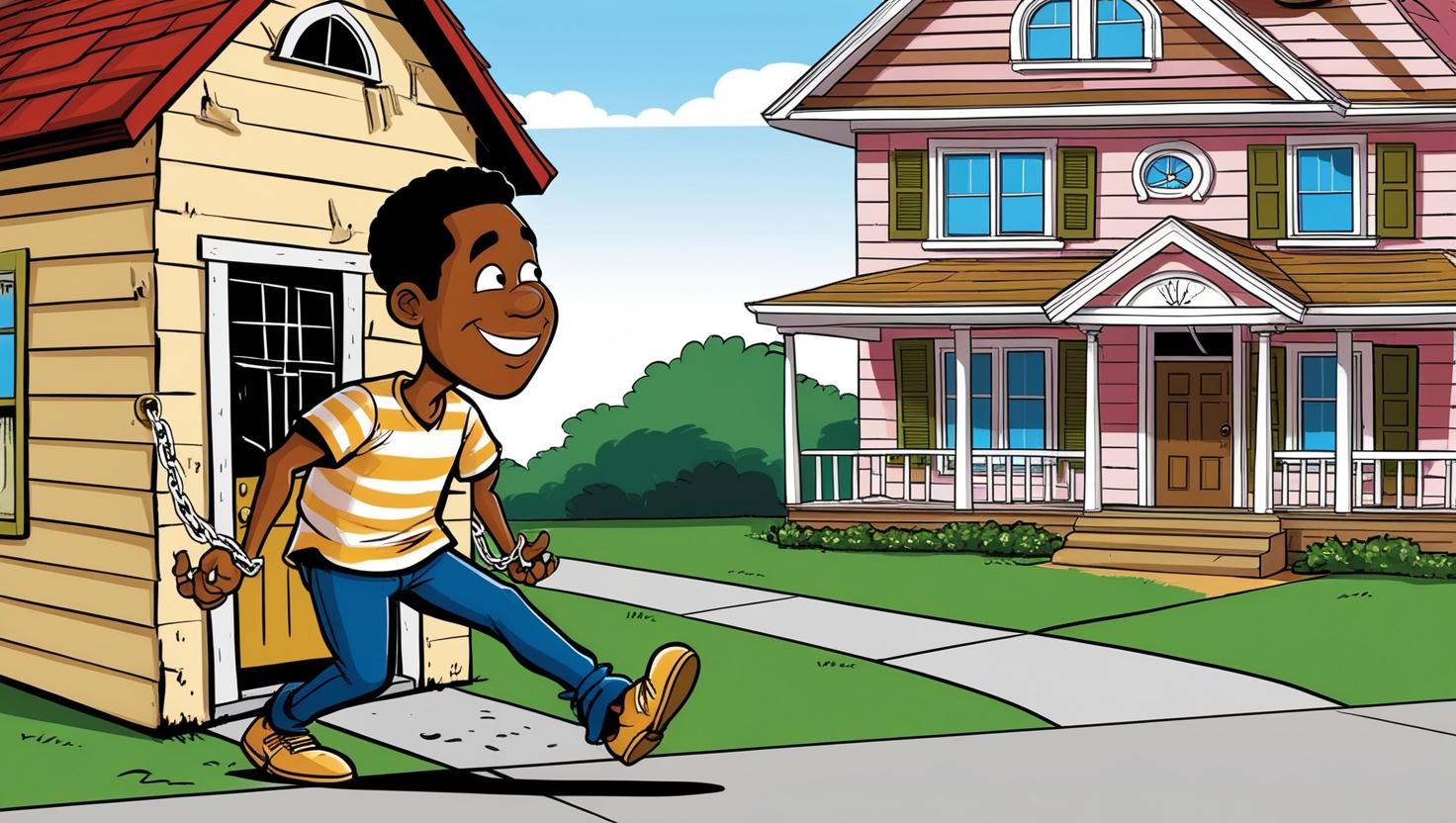I Want to Move But My Current Interest Rate is SO Low
What Options Are Out There

How it feels when your interest rate is so low but it’s time for your next home.
Hello and thanks for reading!
It’s the spring of 2025 and spring fever is upon us. The snow is gone (sorta) and the market is heating up with the weather. The problem is, we have such super-low interest rates and want a new home but don’t want the new payment. We won’t even touch on the first time home buyer (FTHB) problem as there’s only 16 single family houses for sale in Bismarck and Mandan under $300,000. Going up $100,000 more and you get an additional 27 homes to pick from!
Call in the Numbers Nerd! (aka Me)
I was lucky enough like many of you to have purchased during the Covid-induced all-time low interest rates. It is amazing to have 30 year fixed loans in the 2-3% range. Statistically, anything under 5% is great. Now your needs have changed. The market movers are constant, new spouse, new kid, new job, shrinking family, downsizing, divorce, death, disability and more. No matter the cause – you want a new place.
This article will cover your options. Not every bank will allow every option nor will these options make financial sense for everyone. The goal is you have some options to get that next house and maximize your real estate position.
The Perfect World
“Hey Johnny, you want a new house? We’ll just transfer your loan from your current house to your new house. Just get a loan for the difference” said NO LENDER EVER. We have these awesome low payments on our current house and we wish we could just move them to the next. If that were allowed, we’d have a lot more options in the sub-$400,000 range for our first time home buyers.
It would be nice though. Your $1600 a month payment transfers to your newer, nicer house and you only have to add $300 a month for a $60,000 higher priced house. Sounds amazing.
The facts are most loans are tied to the physical location of the property IE the legal address. Banks don’t want to transfer or mess with low-interest loans because they make their money from creating NEW loans. Investors and Fanny and Freddie make their money from BUYING those new loans. If they can charge you 6.5% for 30 years versus your locked in 3%, you bet they will. *The return is more than 2x even though the rate is only double.
Option 1: Assumable Loans
This topic gets thrown around a lot. Assuming a loan means someone can come in and literally take over your entire loan. The payment, interest rate, all of it.
Pros: The buyer locks in super low interest rates, they only have to provide the difference from new price less the mortgage
Cons: Hardly any banks want to give a “Second” position loan for the difference. Finding loans that are assumable are few and far between with a lot of requirements.
As this really only helps the BUYER, I’m going to gloss over this option. I have another article that dives into the weeds on this topic HERE.
Option 1.95: Looking At Your Loan Differently
Here is where the nerd comes out. In real estate investing and all investing, we think of loans or any fixed payment asset differently. Yes, there is a mortgage tied to the house buuuuuuuuuuut it is still a fixed rate loan that has someone getting paid something every month until said thing is paid off. This means they (whoever owns your loan) has an “annuity” or fixed payment to return the money they borrowed.
If we stop looking at a mortgage as ‘your home mortgage’ and look at it as a financial note – which it is – then we can separate ourselves from the emotional side of it. Yes it has been your home, but the mortgage is just a financial thing that got you your home. How do we leverage that financial thing to give you the best chance of buying your new house?
Option 2: Sell Your Home
What!? “I thought this was options to leverage my mortgage?” And yes, it still is. I just have to cover the obvious answer. Sell your home and roll that equity into the next house. Work with a local bank and a mortgage broker to get them to compete on closing fees, origination fees, and interest rates. Then use your funds to help potentially buy down the interest rate to something FIXED and more affordable.
Lenders don’t love this but let’s be real. The difference between a 5.5% loan and a 6% loan for a $300,000 house with the same taxes and insurance is $95.28 more a month with a total interest payment increase of $34,302 over the 30 years of the loan. $30,000 to make a few more phone calls and ask tougher questions is well worth the half-day of effort it will take.
Using those same numbers, if paying a $2200 upfront pre-interest payment lowers your loan from 6% to 5.5%, you save $95.28 a month. After about 2 years, that $2200 has put you ahead for 28 years! Don’t roll 100% of your equity into the next house. Work with a good lender to check out different loan programs and FIXED rate buy-downs to save money.
Option 3: Use Your Home for Cash
Step 1: Work with a knowledgeable property manager or Realtor in this space! There are so many variables, rules, covenants, HOA restrictions to be aware of when you turn your home into a cash producing asset.
The Basics: You have a super low rate on your home, odds are rent MIGHT be higher than your mortgage. If you can rent your home for MORE than your mortgage, then you will have additional money to purchase or even pay your new, higher rate mortgage.
A simple example, let’s say your mortgage is $1600 with taxes and insurance for your three bedroom, two bathroom house. With such low inventory and ever increasing prices, many would-be buyers are sitting on the sidelines. A decent home with adequate updates like at least 1 shower in the home and a 1 stall garage can rent between $1800-$2400 a month. The tenant also pays all the utilities typically in a single family home. To keep it simple, we’ll say it’s a friend who will just pay using Venmo. You collect $1800 on the 1st of the month, then pay the $1600 on the 4th, and have $200 extra for your new home. If you’re on the high end, that could be $800 a month of extra income. That breaks down to $126,000 of extra house you could buy at 6.5% interest with a 30 year loan. (No taxes, PMI, or insurance)
This isn’t always an option depending on the value of your house and the particular market cycle you are in. As I write this, March 2025, inventory is low. First time home buyer houses are few and far between and get gobbled up in days. This has driven the rent prices of private homes up with better than average renters.
Renting isn’t always the best solution but in these conditions, it can work very well. I had a client that didn’t sell their home as fast as we would have hoped. Instead we rented it out for a year and they were able to clear almost $900 a month in cash after paying their mortgage. We know they are going to have to pay to clean up the home professionally, then we will relist this spring when the market cycle is at its peak. Due to the market condition improving, they are expecting to get a HIGHER price on their home, plus they made over $10,000 in cash less any cleaning fees and repairs.
The Myths:
“I have to live in my house for 2-8 years before I can rent it.”
This is not the case. Most mortgages want you in the house for at least 1 year. If you used a NDHFA loan with START or DAC funds, then you are obligated to pay back the State any funds you did receive over the course of 8 years. If your job, family situation, and any other pressing needs arise, you can move into a more appropriate home even with that loan in place. I always recommend being honest and just asking your lender. NDHFA is awesome to work with. There are no “mortgage police” if you do move out. They really only care that the mortgage is paid.
“Renting is too risky.”
When I was a younger property manager, I would have said “no it’s not” but the real answer is somewhere in the middle. Like investing in stocks, this is an educated guess. As a property manager, we make EVERY renter do a full background check, income verification, criminal history check, and credit check. It costs us money every time regardless if they rent or not. Why? To help mitigate the risk. If someone has a proven track record of paying on time, staying at their job, has a clean background check, and a great rent record, then AWESOME, let’s move them in. This is where a great property management company can screen tenants for you AND even manage (for a fee) so you just get checks and deal with the incidentals.
“What happens if… [Fill in the blank]”
For my worry warts out there, thank you for thinking of everything. In 13+ years of property management, new things still happen all the time. For the worst stuff, you have insurance. For the little stuff, you have cash flow (profit from rent less your mortgage) to help cover the incidentals like a Roto Rooter episode or a dead appliance. Things happen, that’s why we have systems and a great network to help.
“What if someone wants to buy my home while I rent it?”
Absolutely great questions! And a wonderful segue into all the variations of cash flowing your property. To answer this question first, if someone wants to buy the home they have a few options. 1. Wait out the lease then buy. 2. Buy out the tenant’s lease then move in. 3. Buy the home, hopefully cash flow the property until they want to move in. 4. Buy the investment property and keep earning cash, tax depreciation, price appreciation and more.
Option 3.1 Home Equity Line of Credit
A line of equity or HELOC is simply borrowing against your equity in your current house to purchase another home or pay off other debts. If you owe $210,000 but your house is worth $300,000, you would have $90,000 of equity. A bank won’t borrow you 100% of your equity but they typically borrow 80%-90% of the home’s value. In this example, 80% x $300,000 = $240,000. If you owe $210,000, then they would simply take the 80% which is $240,000 and subtract what you owe $210,000 which means you’d have $30,000 to play with.
This money is amortized over 30 years but only has a 5 year timeline before you have to redo it. The funds could be used as a down payment on the next home while using the cash from renting your first home to cover the additional cost. Other times, you can use this line of credit to pay off debts to open up more money for your next home as well. Addition by subtraction!
Option 3.2 “Lease to Own”
This is basically like selling your home but first, you rent it. This allows you to make cash flow income during the renting period. These lease periods can be 6 months to 5 years long. Then, during that time, the renter gets a loan and purchases the house.
Pros: They take better care of the house as it will be theirs. You get cash flow plus additional equity from the equity buy down from making more mortgage payments.
Cons: The tenant could break the lease, trash the home, or not get approved for a loan.
Yet again, work with a qualified Realtor and lawyer to help with this process. There are only a handful of us who know how these work at a high level. The goal is to find someone who just needs a little more TIME to either improve credit, get 2 years of tax returns from starting their own business, or had a divorce/bankruptcy/other credit issue recently. I usually have them work with a lender before we sign to make sure they are on the path to mortgage approval during that lease period.
You can incentivise this lease with “all payments on time get…” bonuses or closing credits to sweeten the pot for the buyer. Additionally, you can add a rolling price increase stating the price of the home goes up something like 3% each year to incentivise them to purchase before the 5 year mark. There’s a lot more to this, but please reach out to me if you like this idea.
Option 3.3 “Contract for Deed”
I can literally go on for days for my FAVORITE form of purchasing homes. In its simplest form, a contract for deed (C4D) is when the seller acts as the bank and keeps the loan. IF THERE IS A MORTGAGE ON THE HOME, A CONTRACT FOR DEED WILL CAUSE AN ACCELERATION CLAUSE TO KICK IN. That means, if they find out you are trying to sell the home that they have a mortgage on, they will cancel the loan and ask for your payment in full. A C4D has its uses and purposes, but they don’t play well with most lenders.
Always, always, always talk to your lender if someone is asking you to do a contract for deed. I have actually had a lender say they ‘don’t care’ as long as the payments were made.
Pros: You have cash flow, you make interest income, and you still pay down the mortgage for extra equity.
Cons: You have to foreclose on the property to get it back, your bank can accelerate the loan if you do this wrong, you can put yourself in a negative equity position if your terms are poor
This truly is a special use option. Please consult legal counsel, your lender, and a Realtor who knows the ins and outs of contracts for deeds. I love them, use them, but typically go after homes with NO mortgages on them.
In Conclusion
If the mortgage could just stay with us, we would roll our low interest rate loans with us for life. The problem is we can’t. If the market conditions are right, we have some options to rent or sell the home over time to create some additional cash flow to help us move into our next home.
Every option has risks involved so work with a knowledgeable Realtor, property manager, lender, and legal counsel when considering any of these options. Any time we hold onto a house we face the uncertainty of a housing market crash where we lose all our equity. Anytime we rent, we face tenant damage and destruction. And any time we sign a contract, we risk it could be broken. With the right people around you, you have the best shot of successfully turning your ultra-low mortgage into a cash flowing winner to help move you along on this fun journey called life.
Thanks for reading,
Bill Dean

 Facebook
Facebook
 X
X
 Pinterest
Pinterest
 Copy Link
Copy Link







